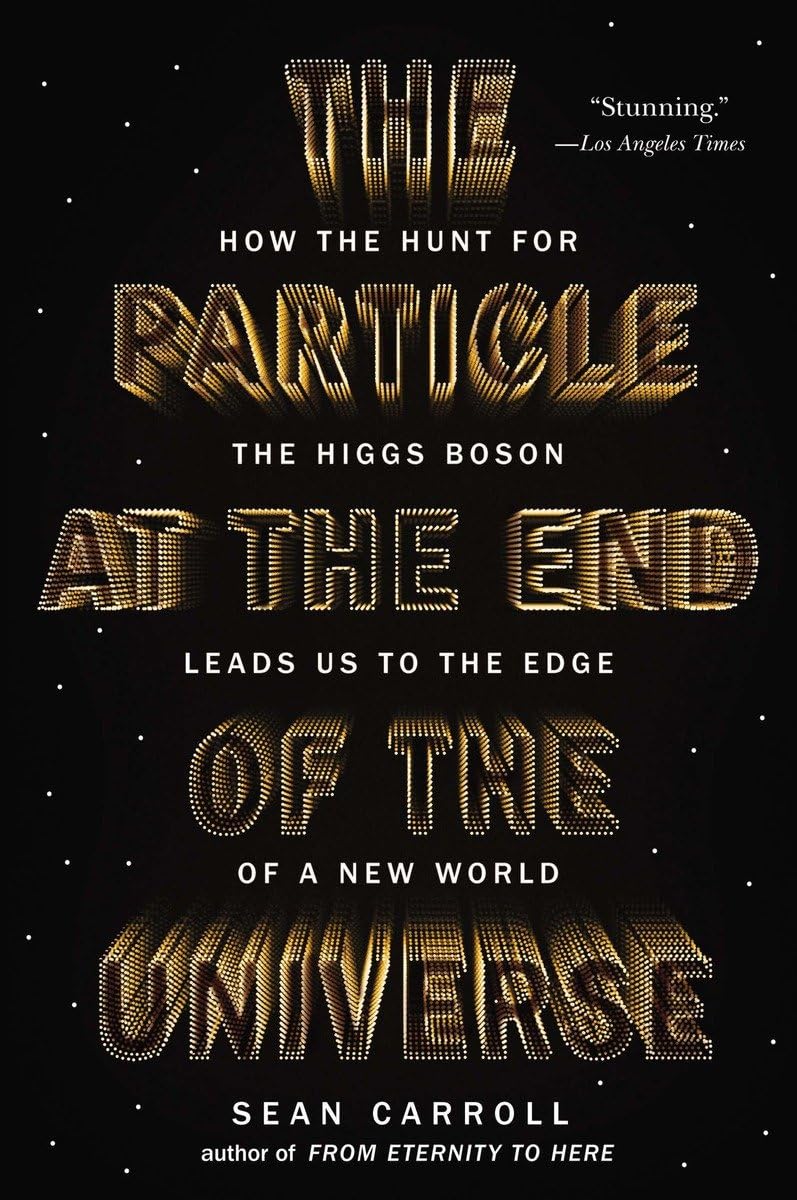Customer Services
Copyright © 2025 Desertcart Holdings Limited
Desert Online General Trading LLC
Dubai, United Arab Emirates


The Particle at the End of the Universe: How the Hunt for the Higgs Boson Leads Us to the Edge of a New World
Trustpilot
2 weeks ago
2 weeks ago